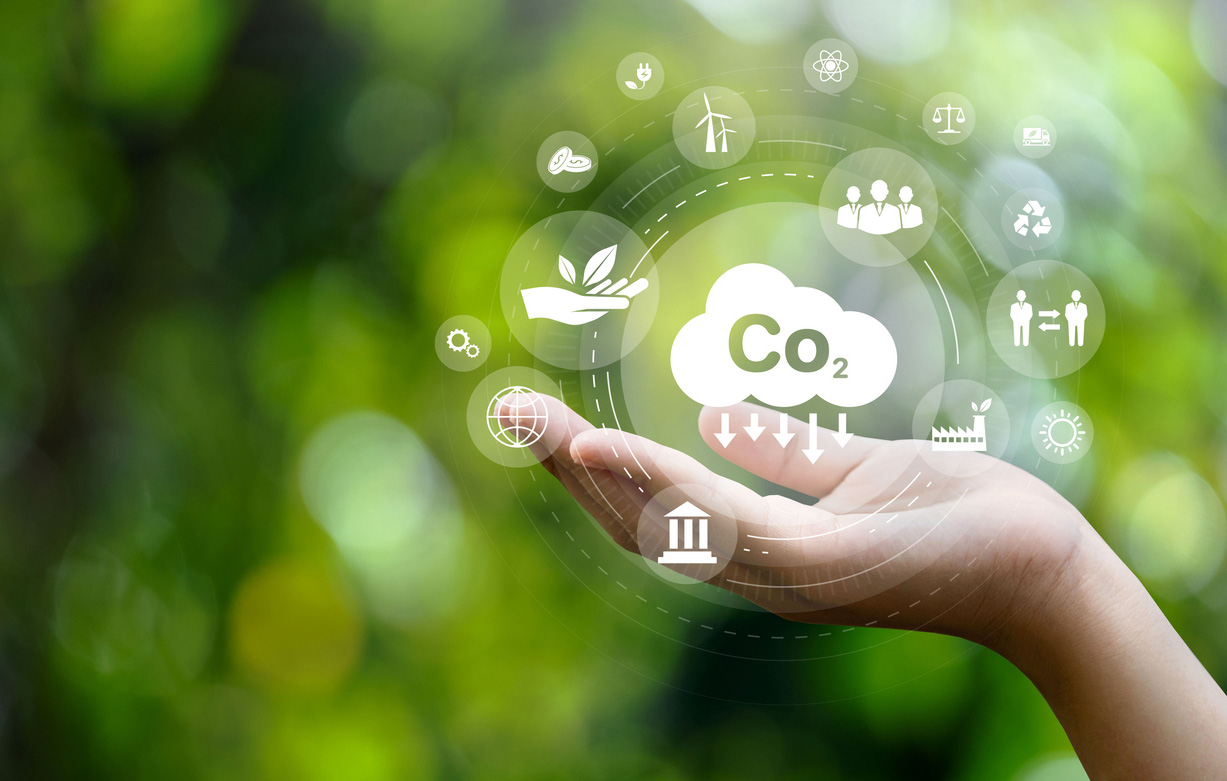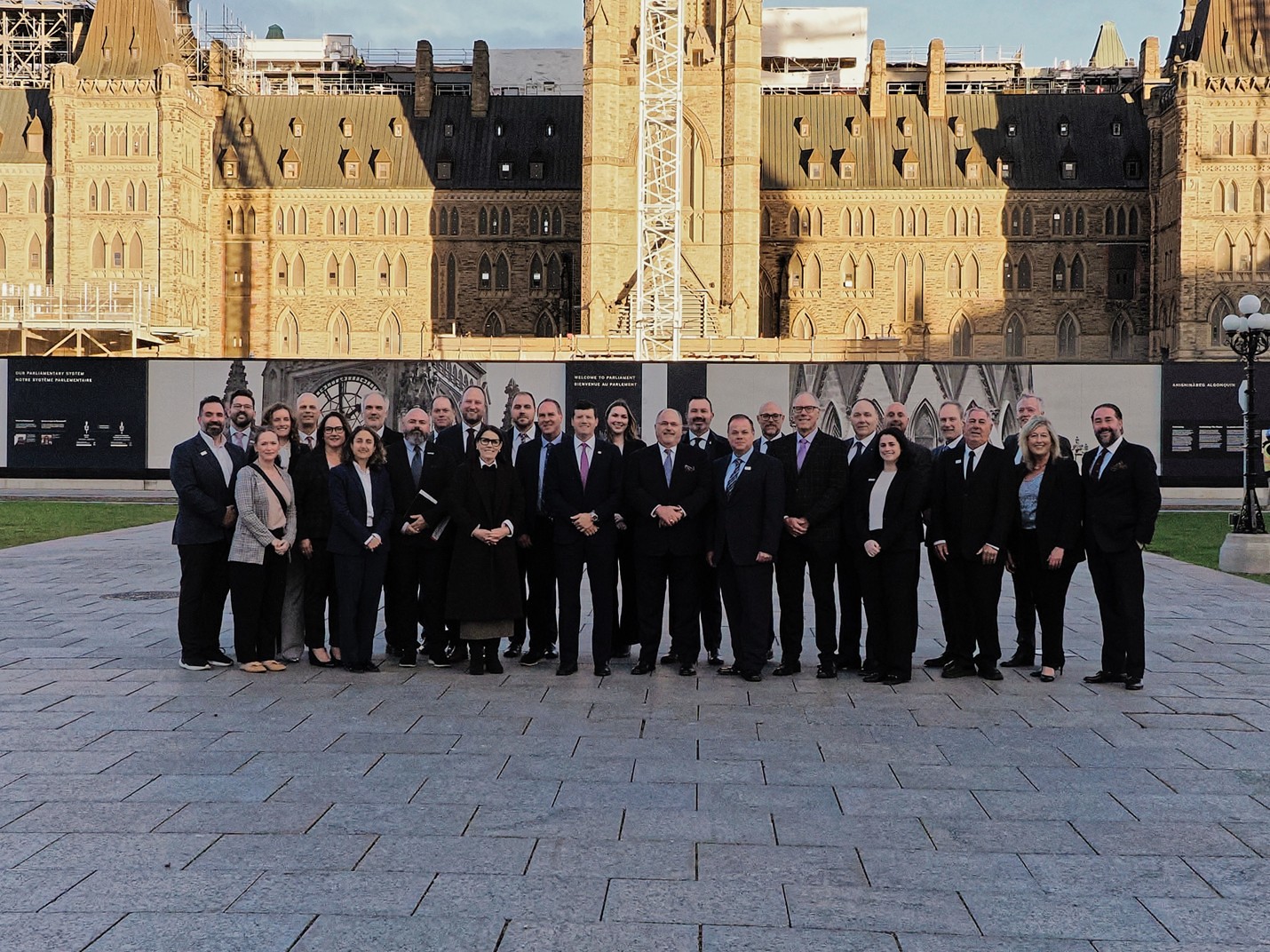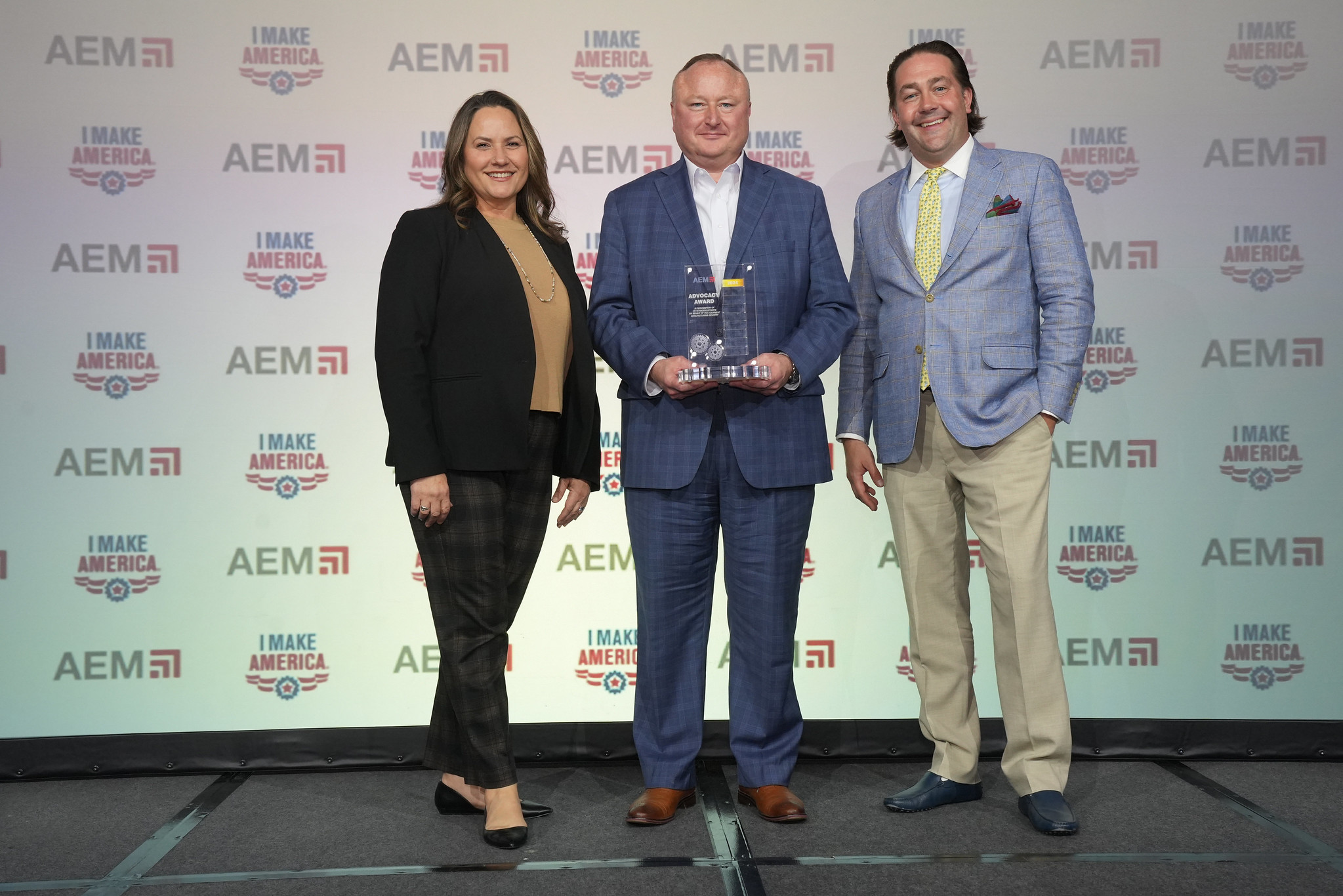As a result of increasing Environmental Social Governance (ESG) reporting regulations, manufacturers are faced with the need to collect detailed product-related data from their supply chains.
In order to assist the non-road industry in its understanding and navigation of ESG-focused reporting regulations, AEM has released a comprehensive resource webpage focused on the EU’s Carbon Border Adjustment Mechanism (CBAM).
“Due to the complex nature of the non-road equipment industry’s supply chains and products, and the reporting requirements placed on them, it’s more important than ever that AEM provides resources to help our members and their supply chains remain compliant,” said AEM Senior Director of Safety and Product Leadership Jason Malcore.
Join AEM's upcoming Member Education Webinar: Carbon Border Adjustment Mechanism, Overview & Best Practices, on September 18, 2025, from 1-2 p.m. CST.
CBAM functions as a tariff placed on carbon emitted during the production of specific carbon intensive goods entering the EU single market, including aluminum, iron, and steel. This carbon tax requires companies to gather detailed supply chain information to determine the direct and indirect emissions associated with their products.
The new CBAM resource page outlines best practices for impacted stakeholders, official definitions, and examples of reporting processes, and provides a simplified reporting template to help suppliers gather and communicate data to their downstream customers.
AEM will update the CBAM resource webpage as the EU releases new information, or if it provides additional guidance, to reflect the industry’s best understanding of this evolving regulation. This resource is a non-exhaustive living document, subject to change as more information is made available.
Visit AEM’s Carbon Border Adjustment Mechanism (CBAM) webpage to learn more or contact AEM’s Jason Malcore at jmalcore@aem.org.





